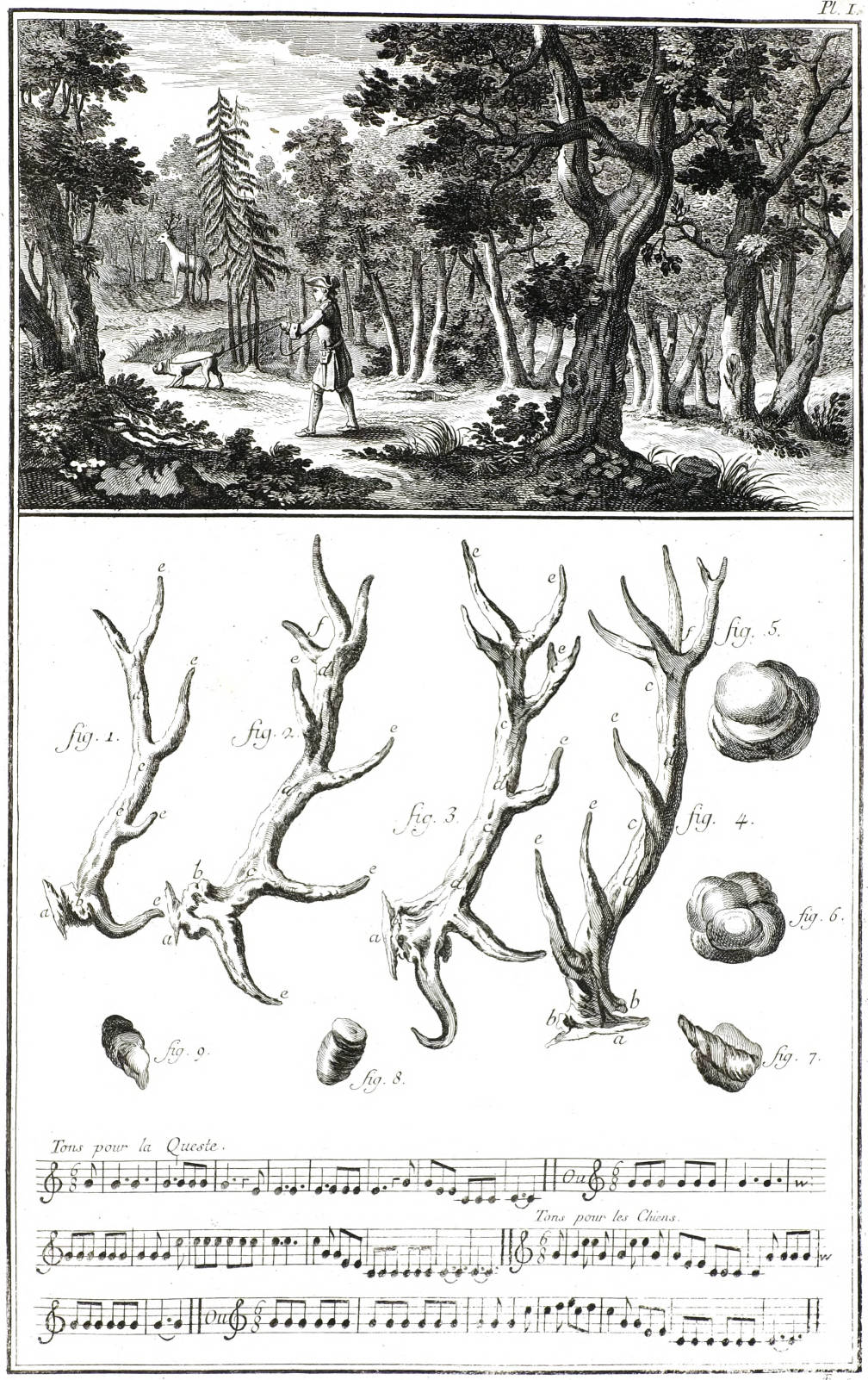On Feb. 23, 1950, a railroad signal worker discovered the badly mangled body of a man in a tunnel south of Salzburg, Austria. Among its torn clothes police found the diplomatic passport and service identification of U.S. Navy captain Eugene S. Karpe, who’d been returning to the United States after serving for three years as naval attaché in Rumania.
It appeared that Karpe had fallen from the door of the Arlberg-Orient Express as the train sped around a curve in the dark of night. The train car had very small windows, and the doors had been locked automatically before the train had entered the tunnel. A student testified that he’d had breakfast and lunch with Karpe on the day he was killed; Karpe had had an ordinary breakfast and only a bottle of mineral water for lunch, eliminating the theory that he’d been drunk.
Karpe was the second-highest-ranking American mysteriously killed in Austria since the end of World War II. The first had been found stabbed and beaten to death after having been seen in the company of four men wearing Russian uniforms. Karpe was a close friend of Robert Vogeler, who had just been convicted as a spy and saboteur in Bucharest and sentenced by a people’s court to five years in prison.
The Austrian police contended that Karpe’s death was not a suicide and didn’t appear to be an accident. Formally the case remains unsolved.
(From Scott Baron and James Wise Jr., Dangerous Games: Faces, Incidents, and Casualties of the Cold War, 2013.)





